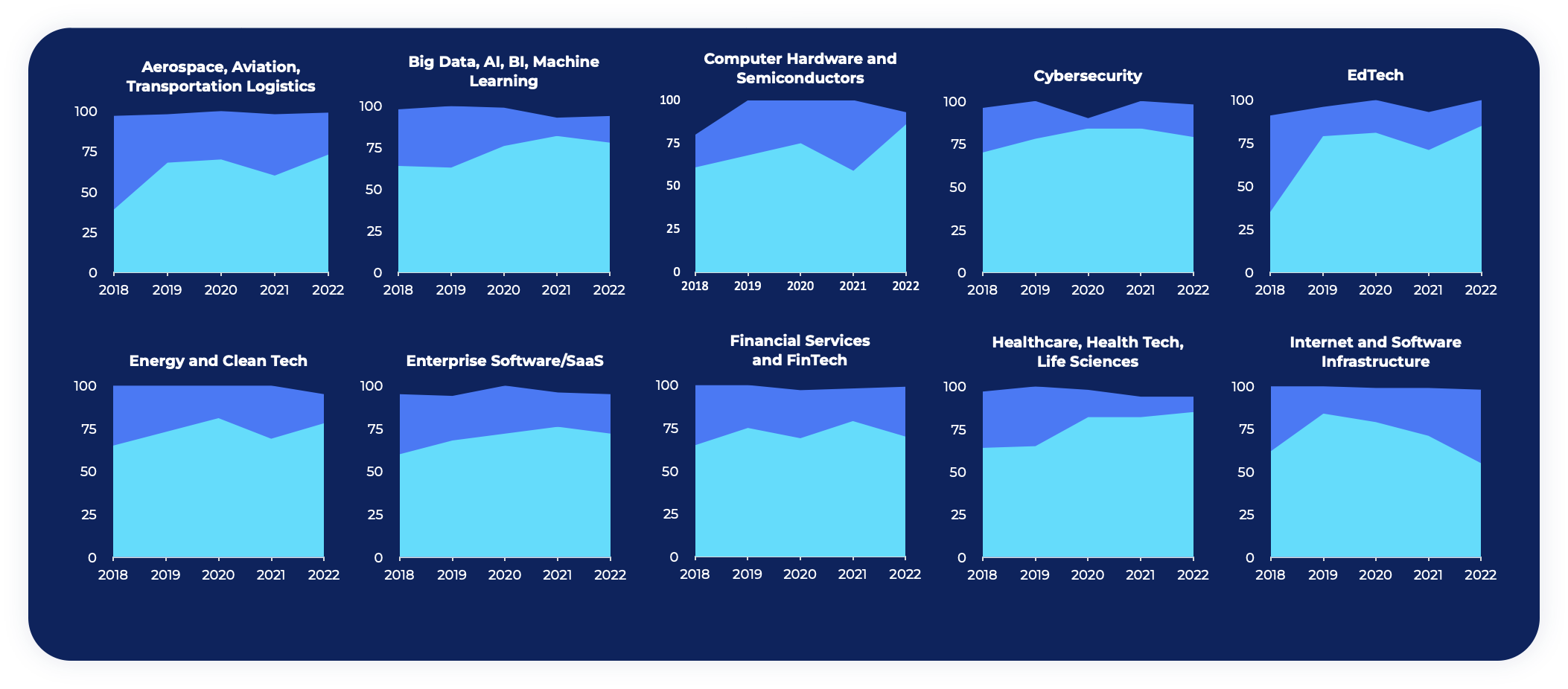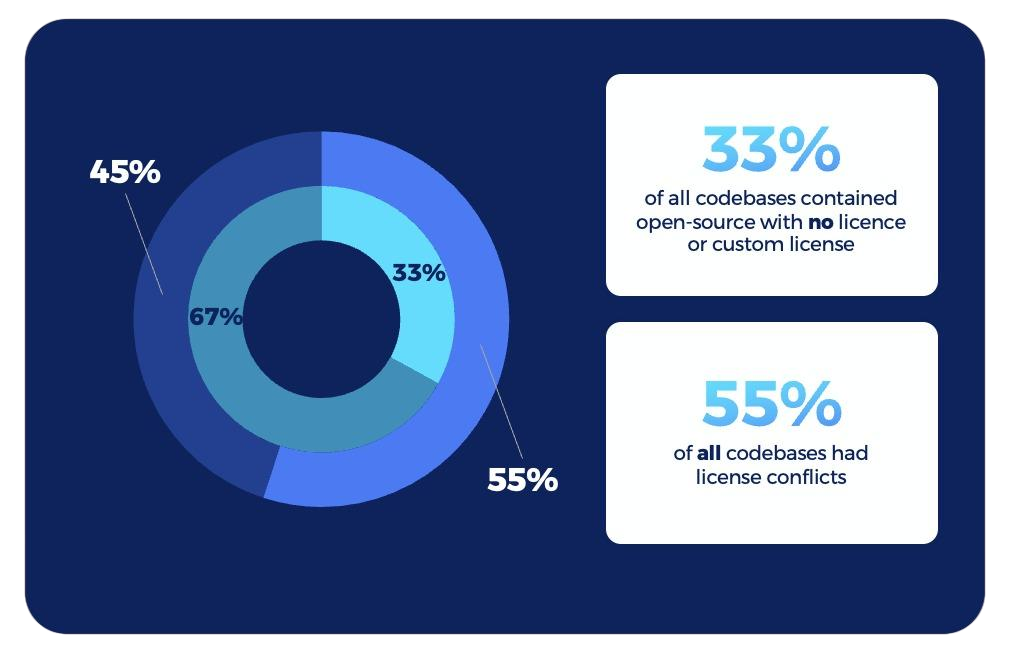
Buy/Sell-Side Value Creation: Software IPR Strategies

What is IPR ?
Intellectual property rights (IPR) refer to a set of legal rights that are granted to individuals or entities for their creations or inventions resulting from intellectual or creative efforts. These rights provide exclusive control and protection over intangible assets, allowing their creators to benefit from their work and prevent others from using or exploiting it without permission. Intellectual property rights are crucial in fostering innovation, encouraging creativity, and safeguarding the interests of creators and inventors.
These intellectual property rights are usually governed by national laws and international agreements, such as the Berne Convention for Copyright, the Paris Convention for the Protection of Industrial Property, the Madrid Agreement for Trademarks, and the Agreement on Trade-Related Aspects of Intellectual Property Rights (TRIPS) administered by the World Trade Organization (WTO).

The main types of intellectual property rights are as follows:
- Copyright: Copyright protects original artistic, literary, musical, or dramatic works. It grants the creator the exclusive right to reproduce, distribute, display, perform, and create derivative works based on their original creation for a specific period of time.
- Trademarks: Trademarks protect symbols, logos, names, phrases, or designs that distinguish goods or services of one company from others. They enable consumers to identify and associate products or services with a particular brand or source.
- Patents: Patents grant exclusive rights to inventors for new and useful inventions, such as processes, machines, products, or compositions of matter. Patents provide protection for a limited period, during which the inventor has the right to prevent others from making, using, selling, or importing the patented invention.
- Trade Secrets: Trade secrets encompass valuable and confidential information that provides a competitive advantage to a business. This can include formulas, recipes, manufacturing processes, customer lists, marketing strategies, or other proprietary information that is not publicly disclosed. Unlike patents, trade secrets have no fixed duration and protection is maintained as long as the information remains secret.
- Industrial Designs: Industrial designs protect the visual appearance of a product or its ornamental features. They cover the aesthetic aspects that are not purely functional and may include the shape, pattern, color, or texture of an object.
- Geographical Indications: Geographical indications (GIs) identify products originating from a specific geographic location and possess qualities or reputation attributed to that origin. GIs protect the cultural heritage, traditional knowledge, and quality associated with certain products, such as wines, cheeses, or handicrafts.
What IPR issues exists for software
Several specific intellectual property (IP) factors are particularly relevant for software. Here are the main ones:
Copyright: Copyright protects the expression of original ideas in a tangible form. In the case of software, copyright protects the source code, object code, and the overall structure, sequence, and organization (SSO) of the program. It gives the creator exclusive rights to reproduce, distribute, modify, and display their software.
Patents: Software patents cover inventions that are new, non-obvious, and have utility in the field of software. Patentable software typically involves novel algorithms, processes, or methods that provide a technical solution to a specific problem. Patents grant exclusive rights to the inventor for a limited period, typically 20 years, and allow them to prevent others from making, using, selling, or importing the patented software.
Trade Secrets: Trade secrets protect valuable and confidential information, such as algorithms, formulas, processes, or customer lists, that provide a competitive advantage. In the software realm, trade secrets can include proprietary algorithms, database structures, or other undisclosed aspects of software development. To qualify as a trade secret, the information must be kept secret and provide a competitive advantage.
Trademarks: Trademarks protect brands, logos, symbols, or names that distinguish goods or services in the marketplace. In the software industry, trademarks can be applied to software names, logos, or icons to establish brand recognition and prevent consumer confusion. Trademark protection helps software companies build brand value and prevent others from using similar marks in a way that may cause confusion.
Open Source Licenses: Open-Source licenses govern the use, modification, and distribution of software that is made available to the public with its source code. These licenses include popular ones like the GNU General Public License (GPL) or the MIT License. Open-Source licenses ensure that software remains freely available and can be modified and distributed by others while imposing certain obligations and restrictions on those who use the software.
Software Contracts: Contracts play a vital role in protecting software IP rights. These contracts can include end-user license agreements (EULAs) or software development agreements, specifying the terms and conditions of software usage, distribution, ownership, and confidentiality. Software contracts help define the rights and responsibilities of the parties involved and provide legal protection in case of disputes.
It’s important to note that IP laws and regulations can vary between jurisdictions, so it’s advisable to consult with legal professionals specializing in intellectual property to understand and protect software-related IP rights effectively.
What is Open-Source Software?
Open-Source Software (OSS) is a type of software where the source code is released under a license that allows anyone to view, use, modify, and distribute the software. This contrasts with proprietary software, where the source code is kept secret, and the software is strictly controlled by the original developers or publishers.
Freedom to Distribute
Users can share copies of the software with others. This is useful when the software is used in a networked environment, as there’s no need to purchase additional licenses.
Community Development
Because anyone can contribute to the software, Open-Source Software often benefits from the input of many different developers, which can lead to more innovative and robust solutions.
Some well-known examples of Open-Source Software include the Linux operating system, the Apache HTTP Server, the MySQL database system, the Python programming language, and the Mozilla Firefox web browser. These projects are maintained by a community of developers who contribute their time and expertise to improve the software and share it with the world.
Open-source consumption statistics by industry 1/2


Percentage of codebases containing open-source by industry

Percentage of code that was open-source by industry
Open-source consumption statistics by industry 2/2


Percentage of codebases containing open-source by industry

Percentage of code that was open-source by industry
The advantages of consuming Open-Source Software
Cost-Effective
OSS is generally free to use, which can lead to significant cost savings compared to proprietary software, especially for start-ups or small businesses.
Flexibility and Customizability
With access to the source code, users can modify and customize OSS to suit their specific needs. This flexibility can be a substantial advantage over proprietary software, which is often a “one-size-fits-all” solution.
Innovation and Speed
OSS projects can evolve quickly due to the collaborative nature of their development. Many minds working on a project promoting rapid innovation and quicker solutions to problems.
Quality
As OSS is worked on and scrutinized by many developers, the code quality can be very high. Bugs and issues are often caught and fixed quickly.
Transparency
OSS is often built with standards that promote interoperability, meaning it is designed to work well with other software. This can be especially important in complex ecosystems where multiple systems need to communicate with each other.
Vendor Independence
With OSS, there’s less risk of being locked into a single vendor’s software ecosystem. You can avoid situations where a vendor’s business decision might force you to change your software setup.
Community Support
Many OSS projects have active communities that provide extensive support networks. These communities can be valuable resources for troubleshooting, advice, and learning.
Learning Opportunities
For developers and IT professionals, working with OSS can provide valuable learning opportunities. By studying and modifying the source code, they can gain deeper insights into how the software works.
Sustainability
OSS is less likely to be discontinued compared to proprietary software because even if the original creators stop working on it, the community can continue to develop and maintain it.
The risks of consuming Open-Source Software
OSS licensing compliancy issues
These issues and their scale demonstrate the degree to which OSS issues exist exposing their businesses to regulatory non-compliance, fines, and loss of prestige and all the risks of OSS cited above.
Certain technologies are typically low in OSS usage, such as .Net, whereas other technologies routinely allow OSS and utilise the re-use that OSS can bring, such as Java, Javascript, and PHP.

Open-Source Software - regulations and initiatives
OSPO – Open-Source Program Office Serves as the center of competency for an organization’s Open-Source operations and structure.
SBOM – Software Bill Of Materials is an inventory of all constituent components and software dependencies involved in the development and delivery of an application.
Checking the intellectual property rights of software
Involves conducting a thorough investigation to ensure that the software and its components are free from any legal restrictions or violations. Here are some steps you can take to check the IPR of software
The benefits of software composition analysis
Software Composition Analysis (SCA) is a process of examining software applications, libraries, frameworks, and dependencies to identify and manage their components, including Open-Source Software, third-party libraries, and commercial components

